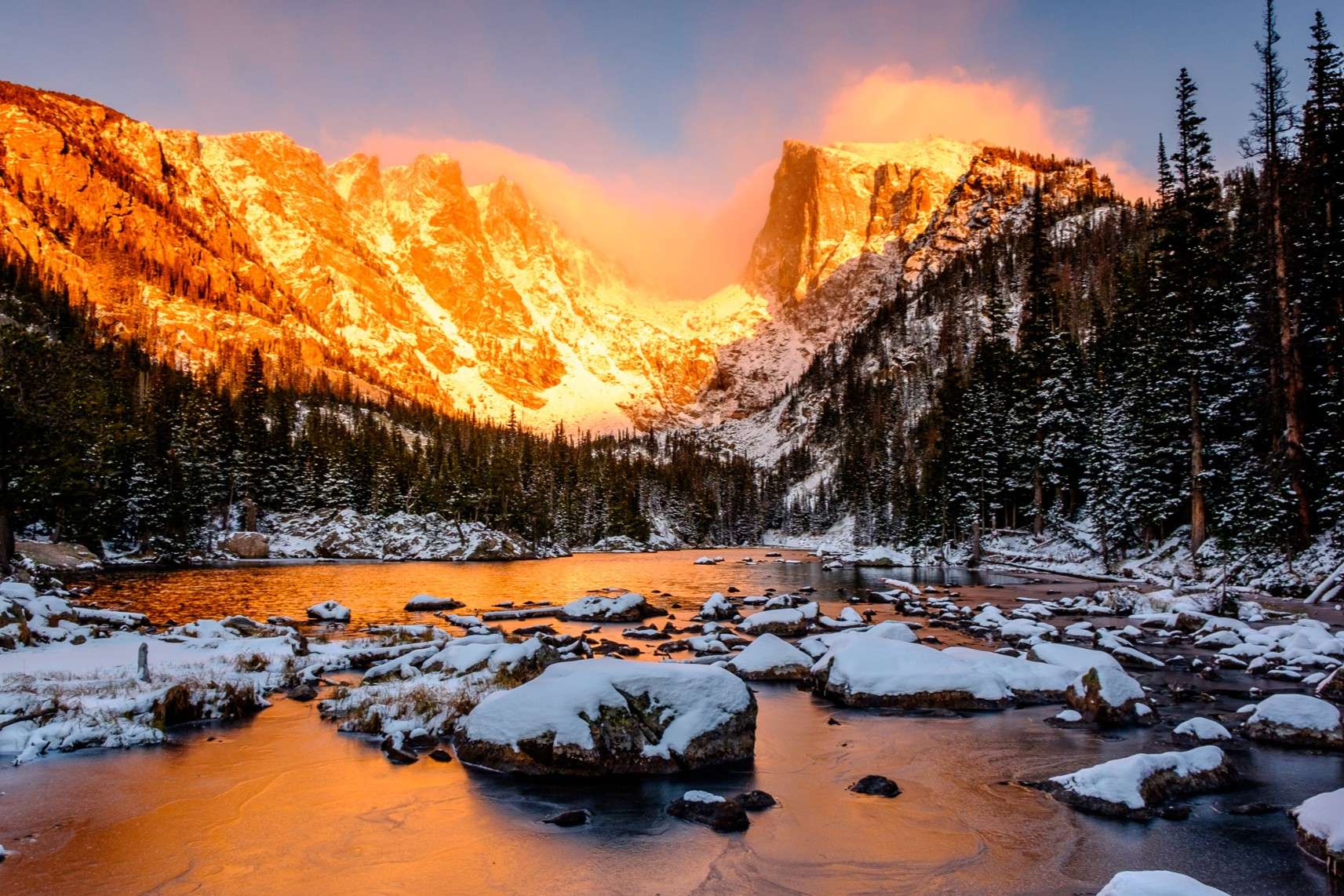Hidden Trading Posts Of The American Frontier

Ever wondered what life was like at the hidden trading posts of the American frontier? These outposts were more than just places to trade goods; they were lifelines for pioneers, trappers, and Native Americans. Imagine a bustling hub where languages mixed, cultures clashed, and deals were struck over beaver pelts and buffalo hides. These trading posts were often tucked away in remote areas, making them hard to find but essential for survival. They served as the backbone of early American commerce, shaping the history and development of the West. Ready to step back in time and uncover the secrets of these fascinating places?
Hidden Trading Posts of the American Frontier
The American frontier was a vast, untamed wilderness. Trading posts were vital hubs for commerce, culture, and survival. These hidden gems played a crucial role in shaping the history of the United States. Let's uncover some of these lesser-known trading posts that once dotted the frontier.
1. Bent's Old Fort, Colorado
Bent's Old Fort was a bustling trading post in the early 19th century. Located along the Santa Fe Trail, it served as a meeting point for trappers, traders, and Native Americans. The fort offered a variety of goods, from beaver pelts to manufactured items from the East.
2. Fort Union Trading Post, North Dakota
Fort Union was a major fur trading post on the Upper Missouri River. Established in 1828, it became a key location for trade between European-American trappers and the Assiniboine, Crow, and Blackfeet tribes. The fort's strategic position made it a vital link in the fur trade network.
3. Fort Vancouver, Washington
Fort Vancouver was a significant trading post for the Hudson's Bay Company. Situated on the northern bank of the Columbia River, it served as the administrative center for the company's operations in the Pacific Northwest. The fort was a bustling hub of activity, with traders, craftsmen, and farmers all contributing to its success.
4. Fort Laramie, Wyoming
Fort Laramie began as a private fur trading post in the 1830s. It later became a military outpost, playing a crucial role in the westward expansion of the United States. The fort was a key stop for pioneers traveling along the Oregon, California, and Mormon Trails.
5. Fort Bridger, Wyoming
Established by mountain man Jim Bridger, Fort Bridger was a vital resupply point for travelers on the Oregon Trail. The fort offered goods, repairs, and fresh livestock to weary pioneers. Its strategic location made it an essential stop for those heading west.
6. Fort Snelling, Minnesota
Fort Snelling was a military outpost and trading post located at the confluence of the Mississippi and Minnesota Rivers. It played a crucial role in the fur trade, serving as a gateway to the northern wilderness. The fort also acted as a buffer between Native American tribes and European settlers.
7. Fort Astoria, Oregon
Fort Astoria was the first American-owned settlement on the Pacific coast. Established by John Jacob Astor's Pacific Fur Company in 1811, it became a key trading post for the fur trade. The fort's location at the mouth of the Columbia River made it a strategic point for trade with Native American tribes and other fur traders.
8. Fort Ross, California
Fort Ross was a Russian-American Company outpost established in 1812. Located on the northern California coast, it served as a hub for the fur trade and agricultural production. The fort's diverse population included Russians, Native Alaskans, and Native Californians, all contributing to its unique cultural blend.
9. Fort Atkinson, Nebraska
Fort Atkinson was the first U.S. Army post west of the Missouri River. Established in 1819, it served as a trading post and military outpost. The fort played a crucial role in protecting American interests in the region and facilitating trade with Native American tribes.
10. Fort Osage, Missouri
Fort Osage was built in 1808 as a trading post and military outpost. Located on the Missouri River, it served as a key point for trade with the Osage Nation. The fort's strategic position made it an important link in the network of trading posts along the frontier.
Discovering the Past
Exploring the hidden trading posts of the American frontier offers a unique glimpse into history. These spots were more than just places for trade; they were hubs of culture, survival, and community. Visiting them today, you can almost hear the echoes of deals made, stories shared, and lives lived. Each trading post has its own story, waiting to be uncovered by curious travelers. Whether you're a history buff or just love a good adventure, these hidden gems provide a rich, immersive experience. So next time you're planning a trip, consider stepping off the beaten path to explore these fascinating remnants of America's past. You'll not only learn about history but also gain a deeper appreciation for the resilience and ingenuity of those who came before us. Happy exploring!

